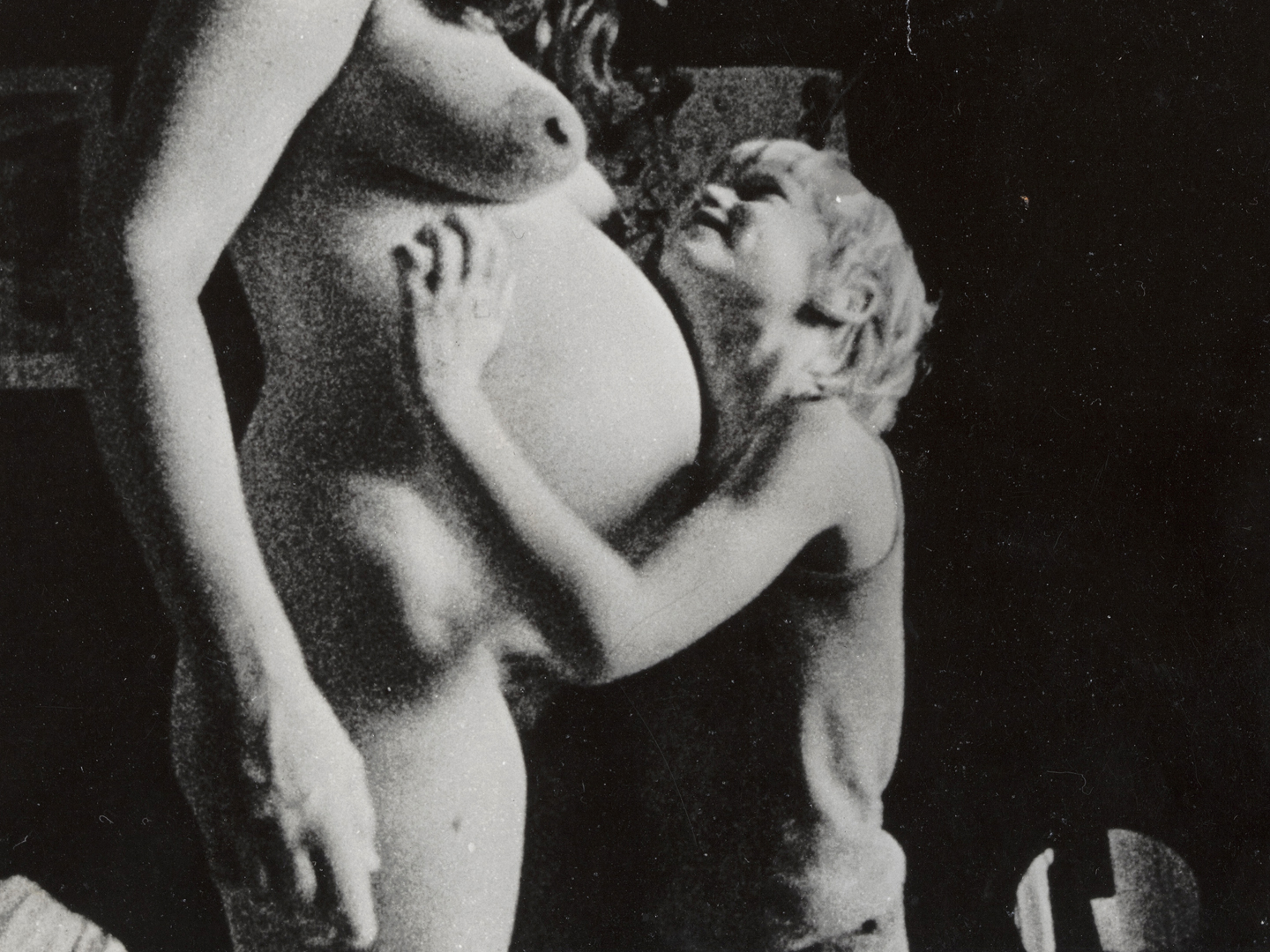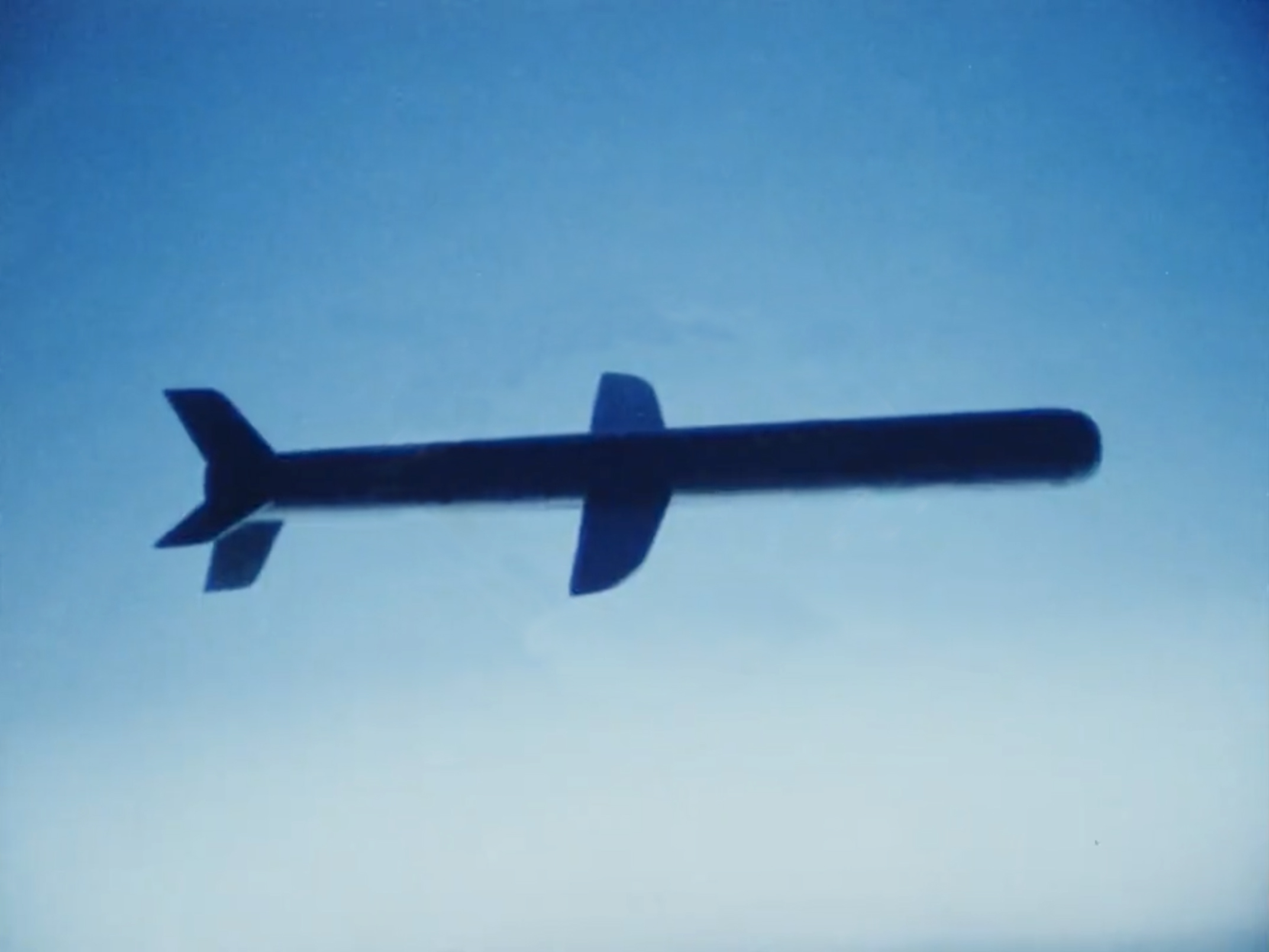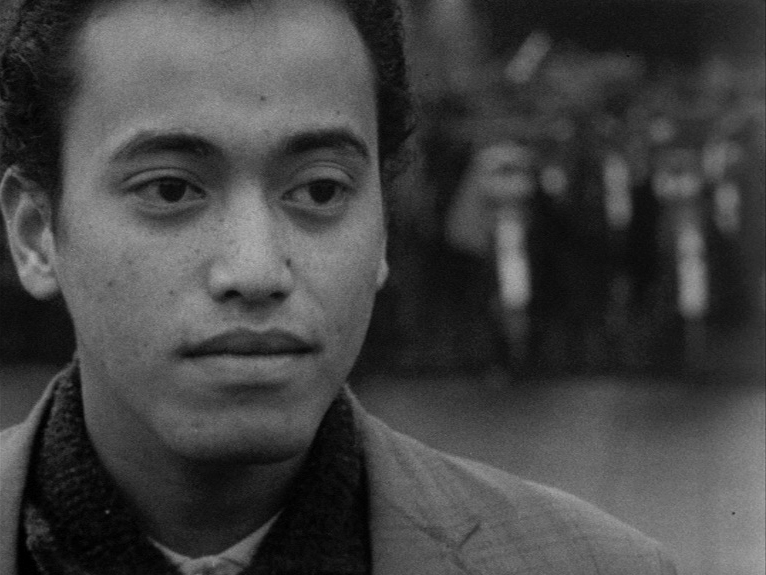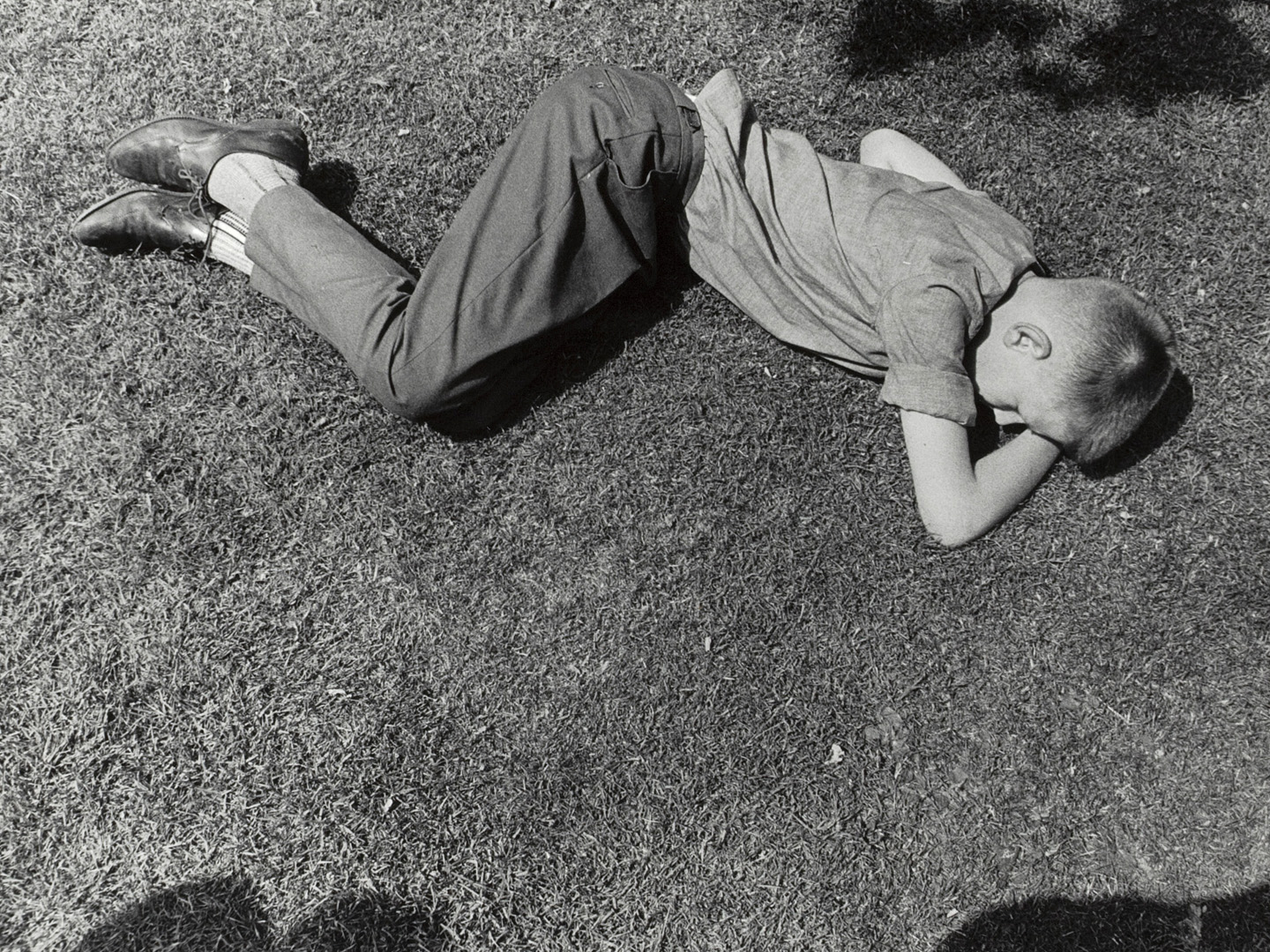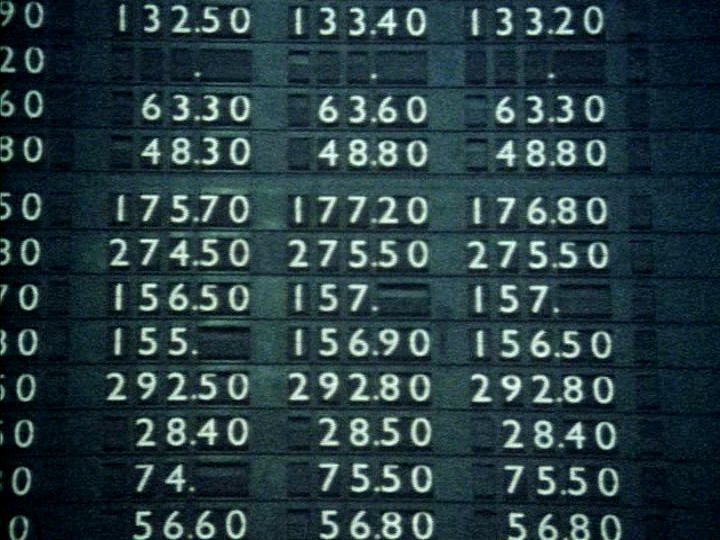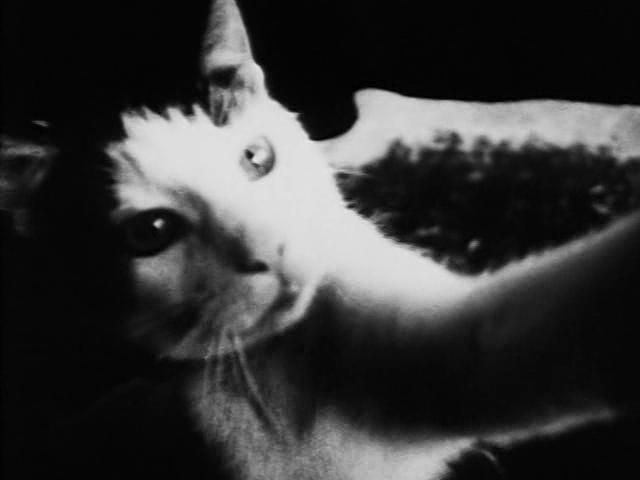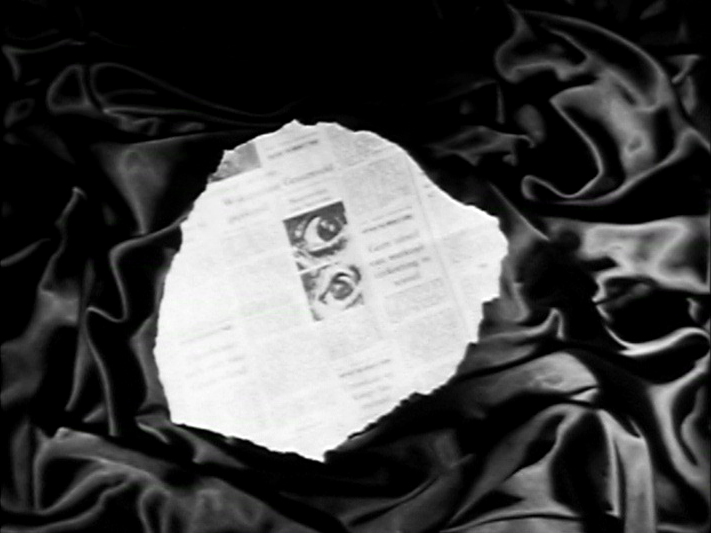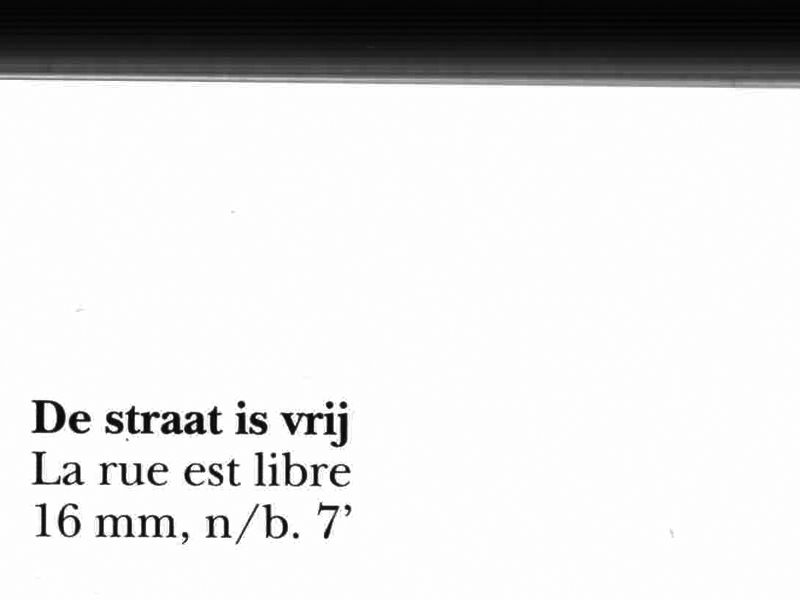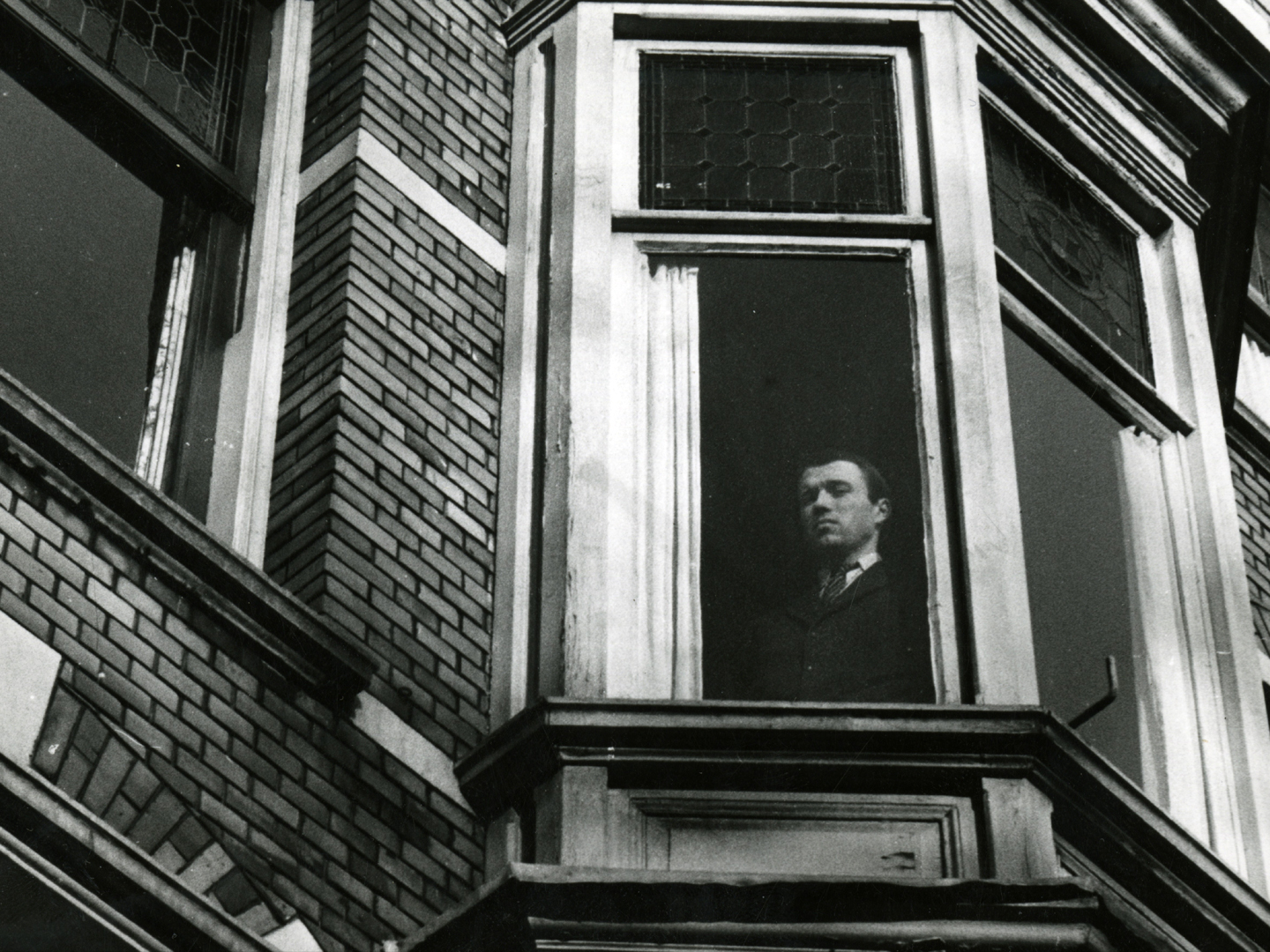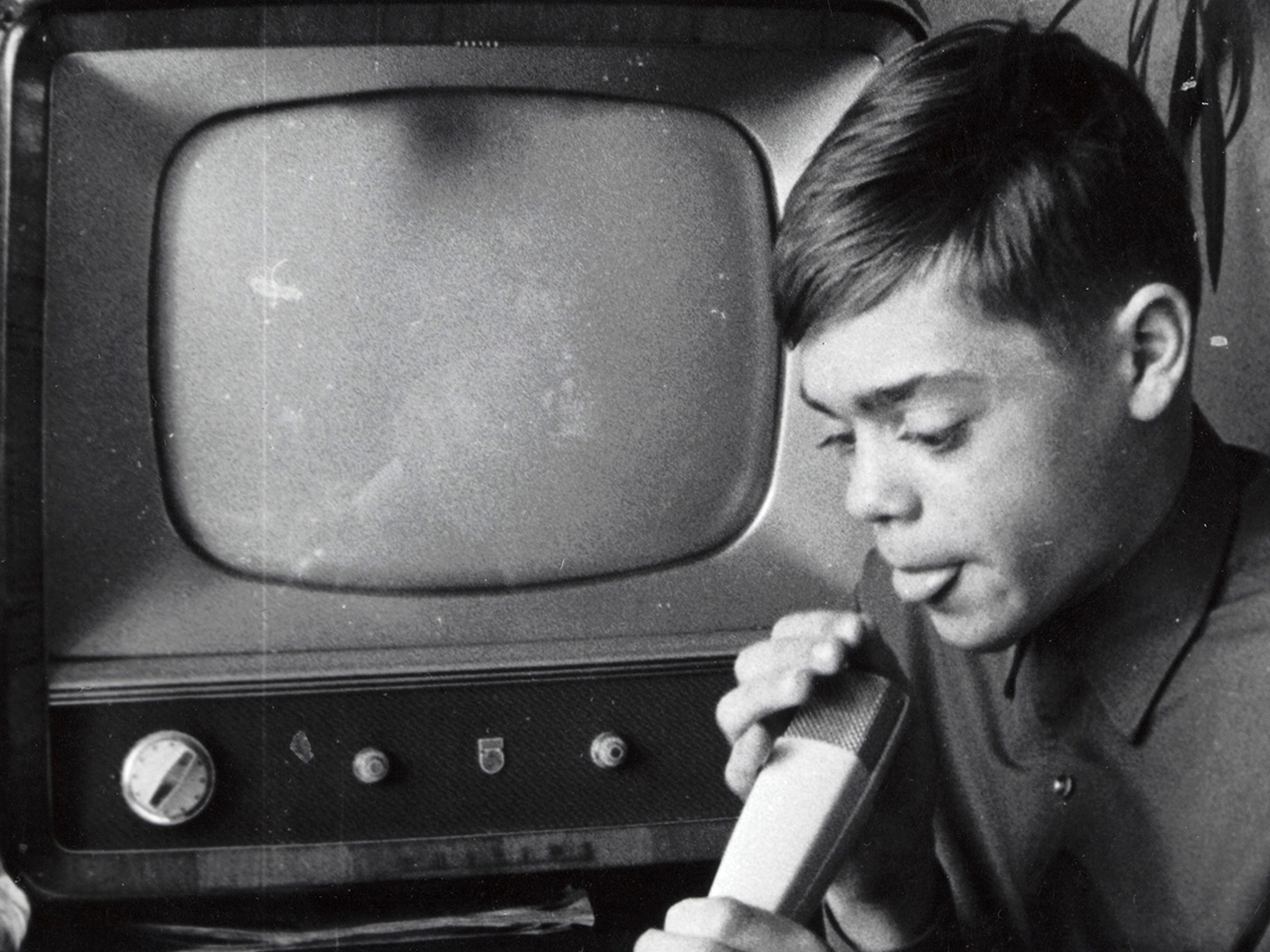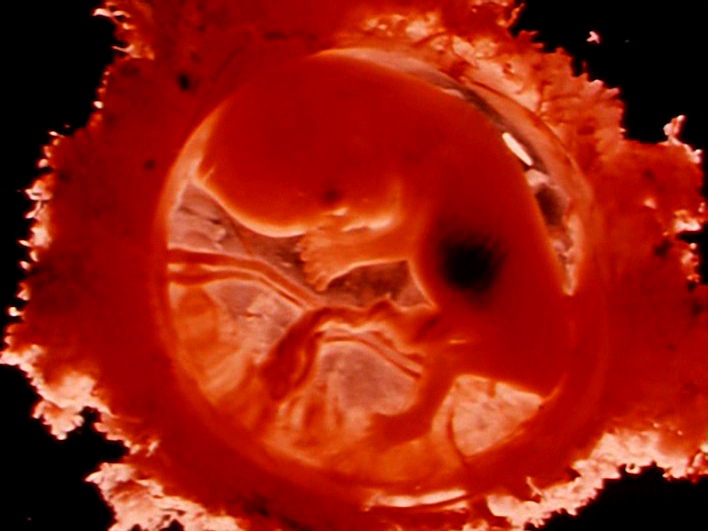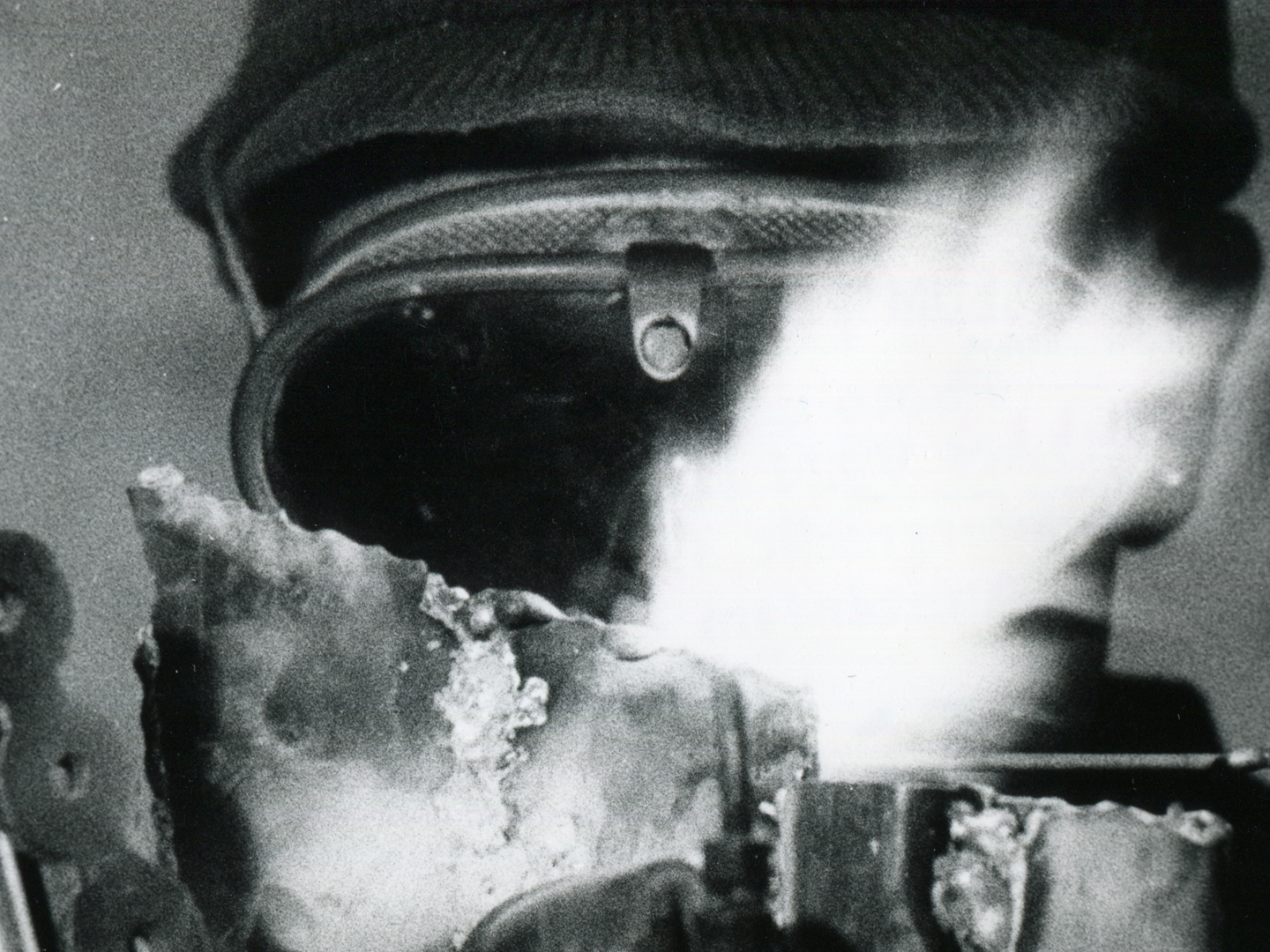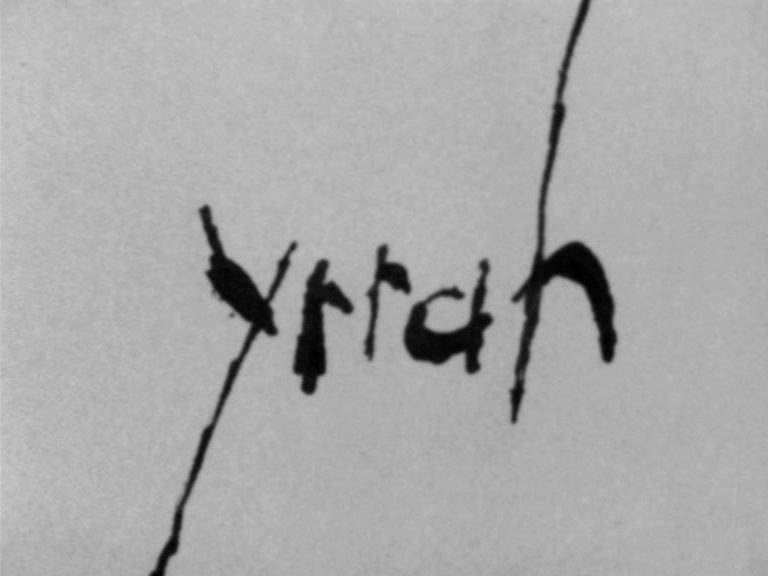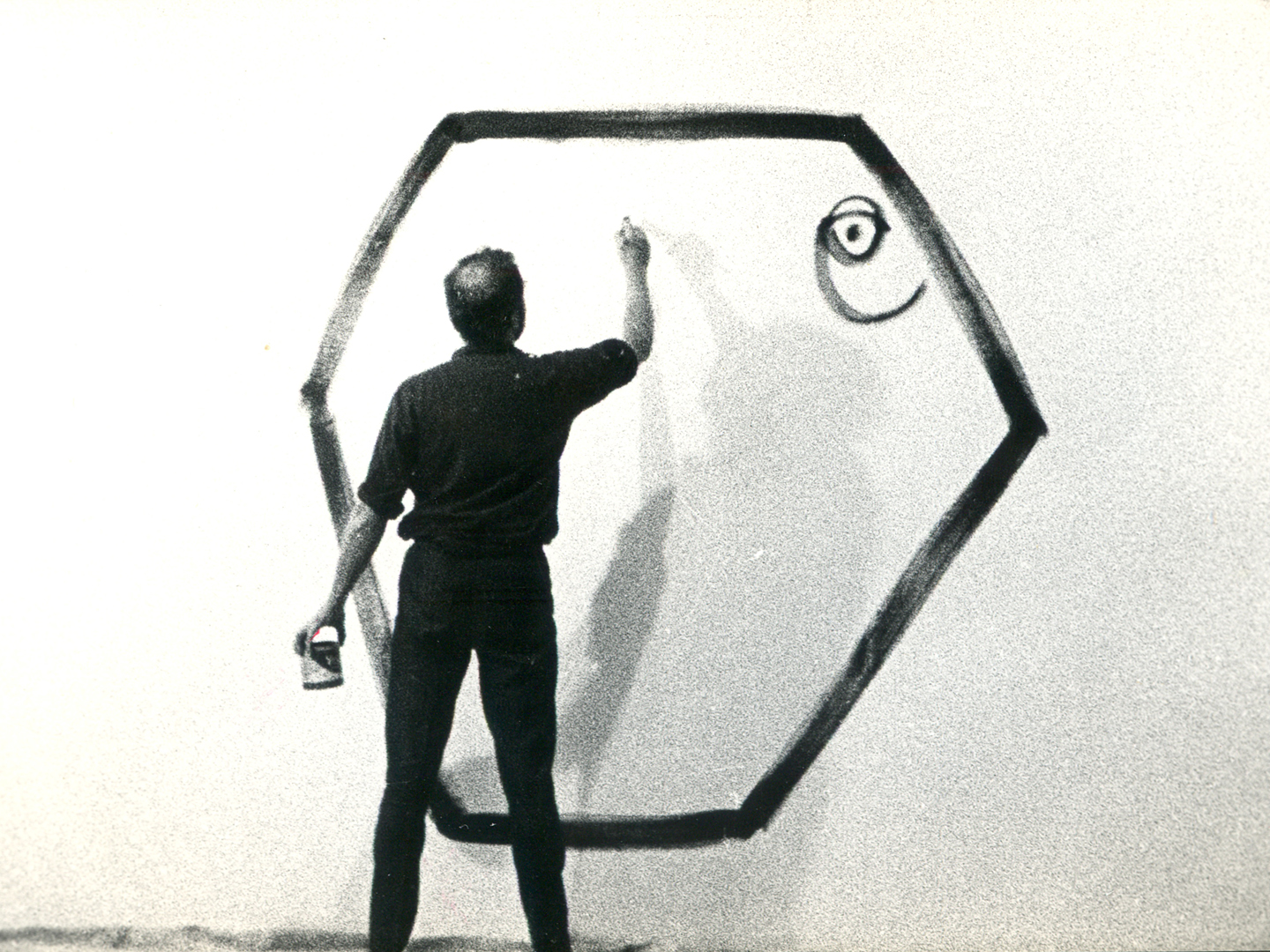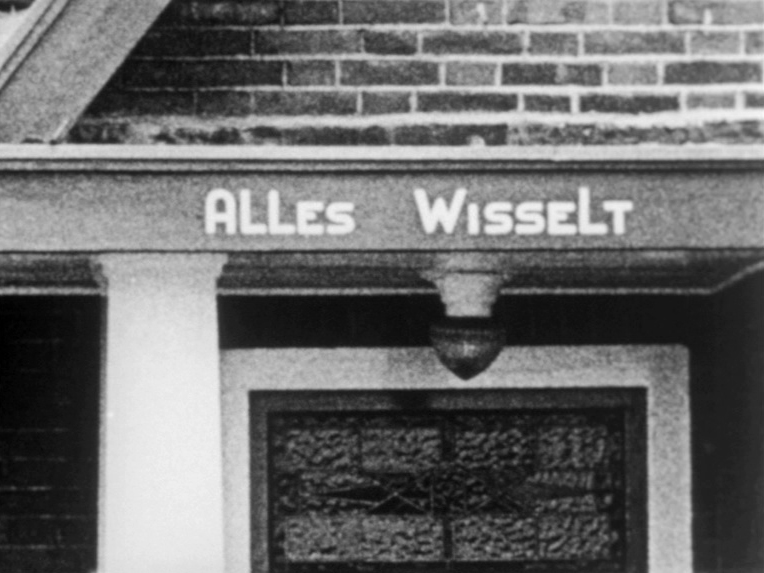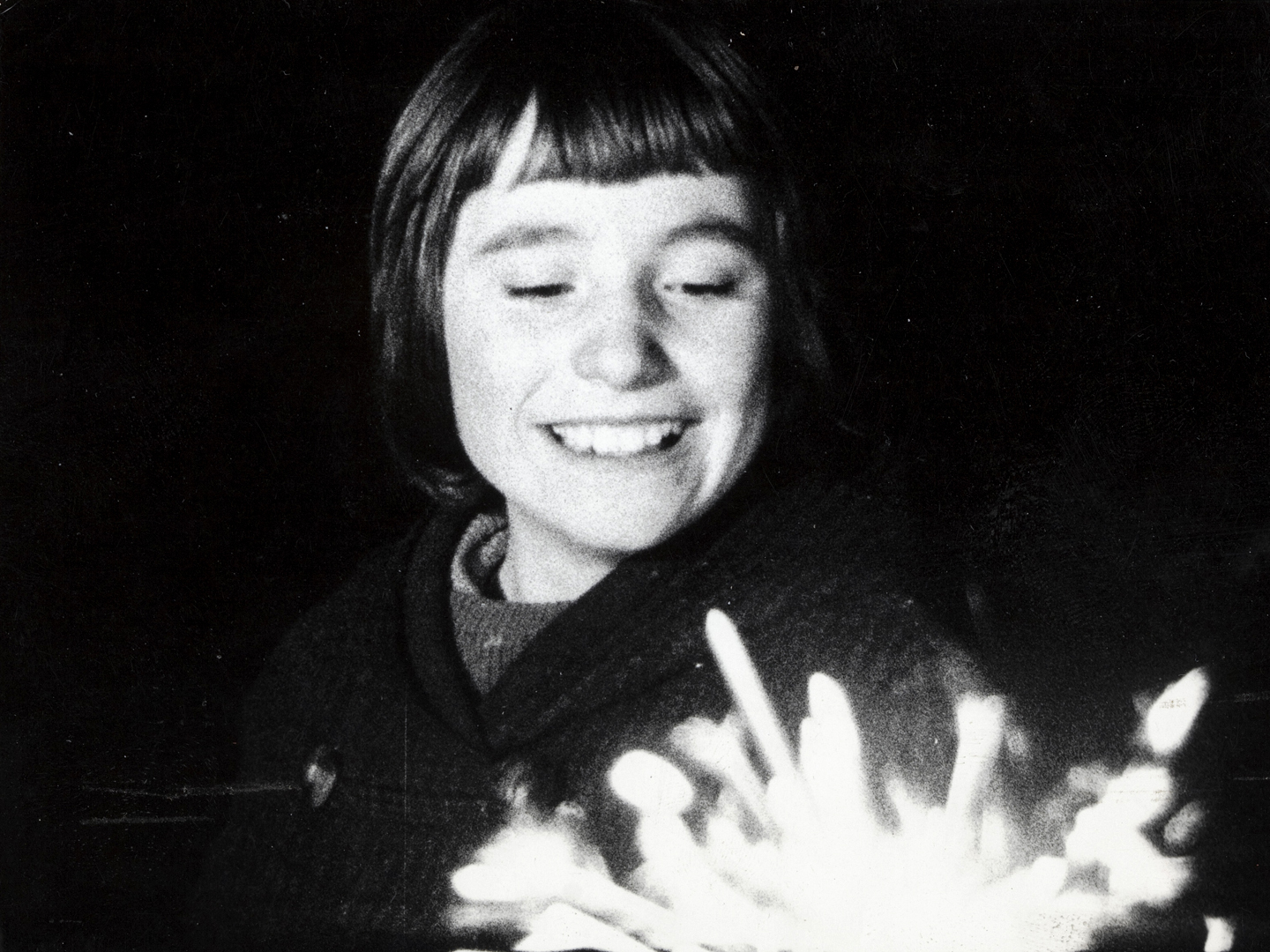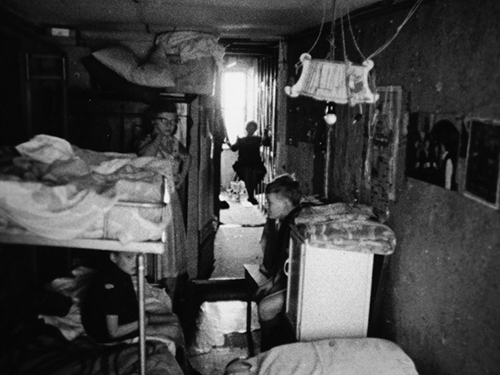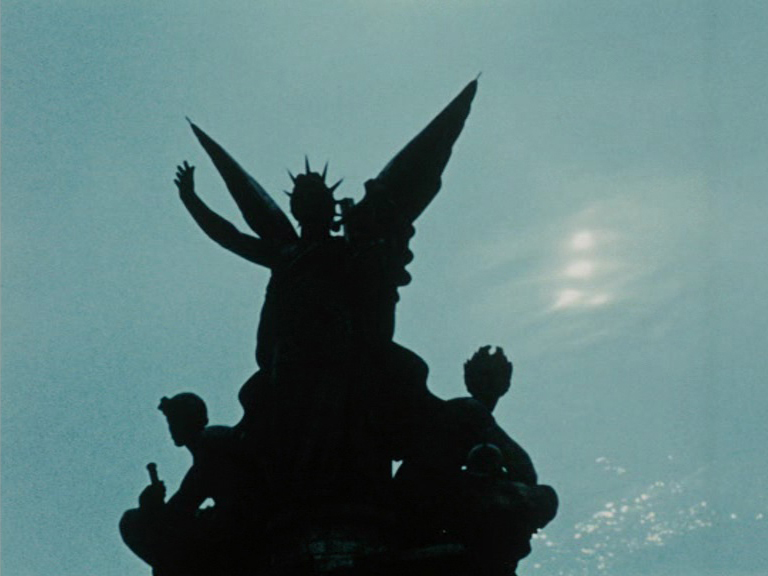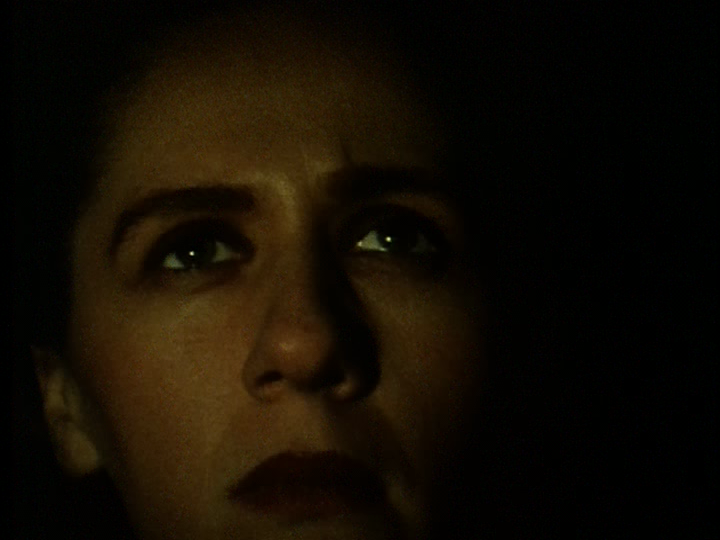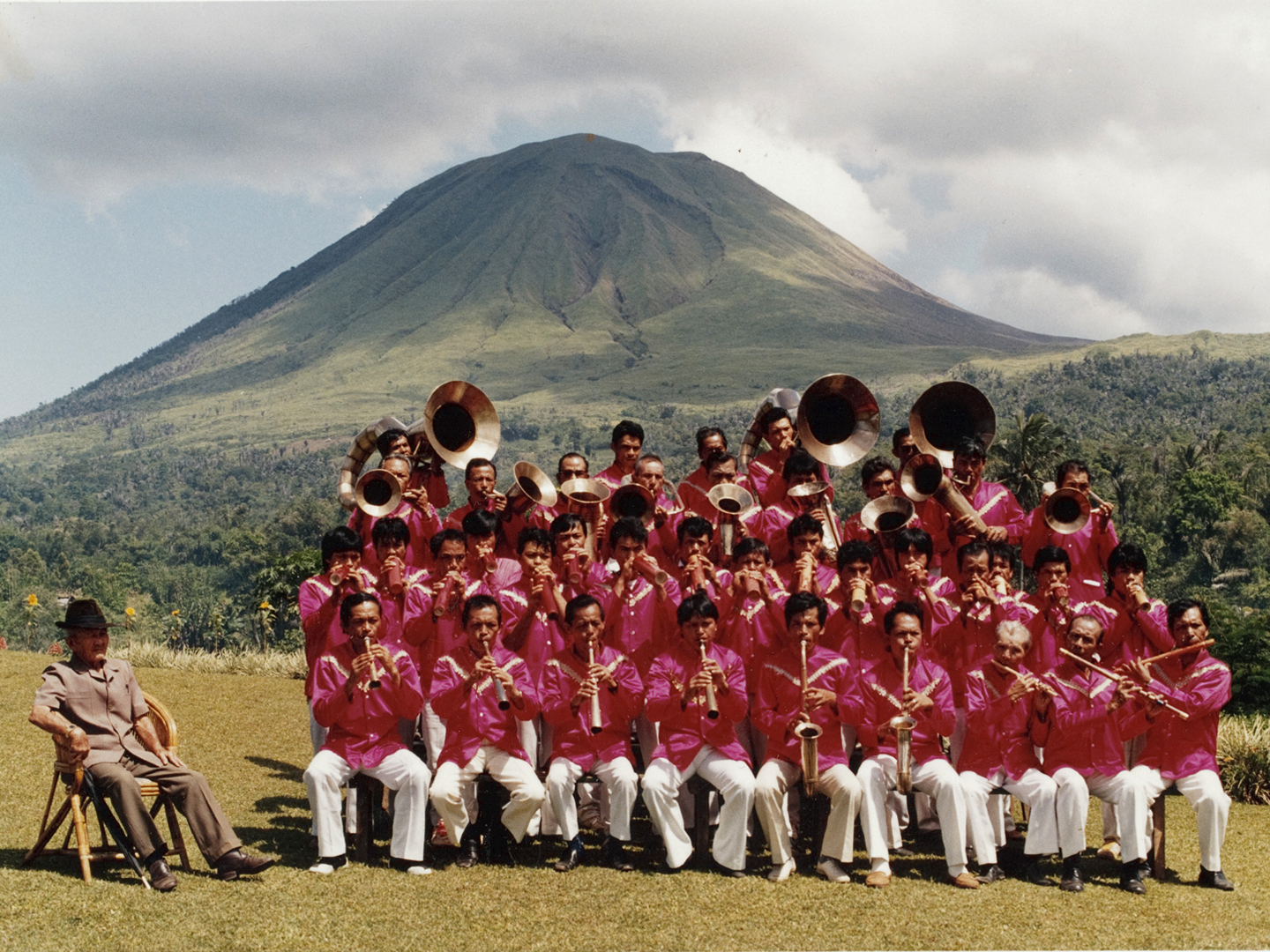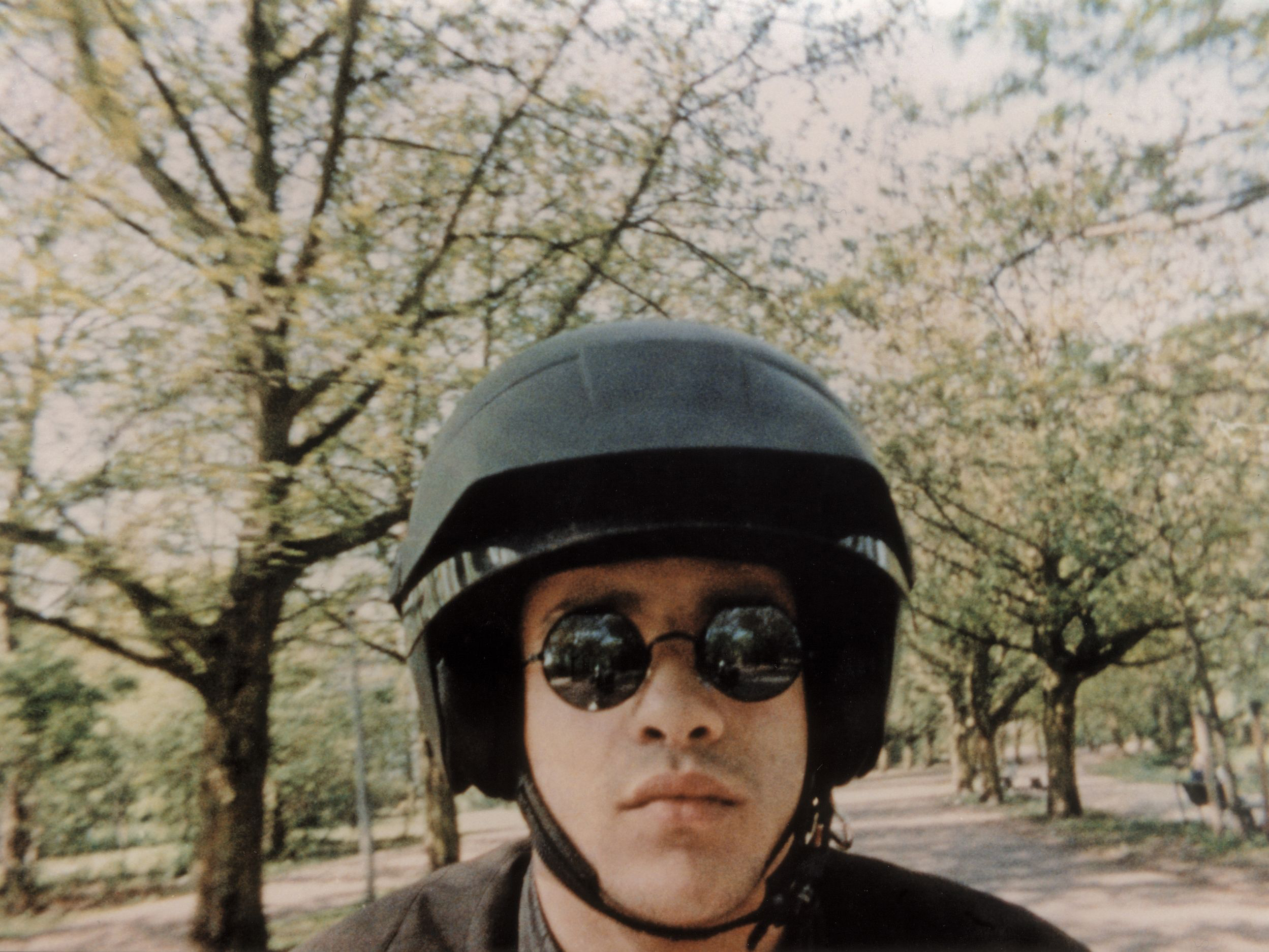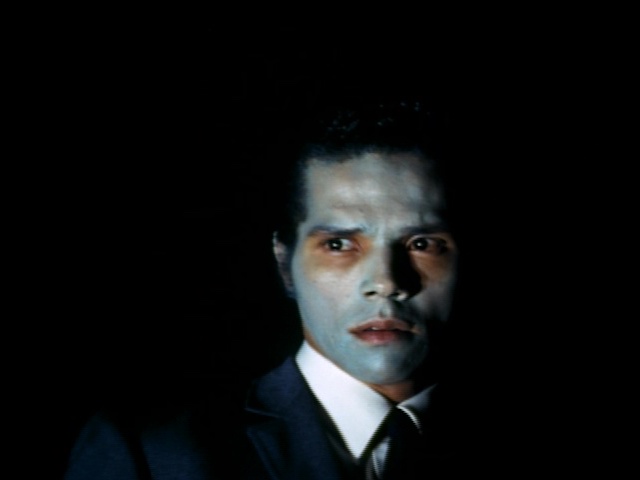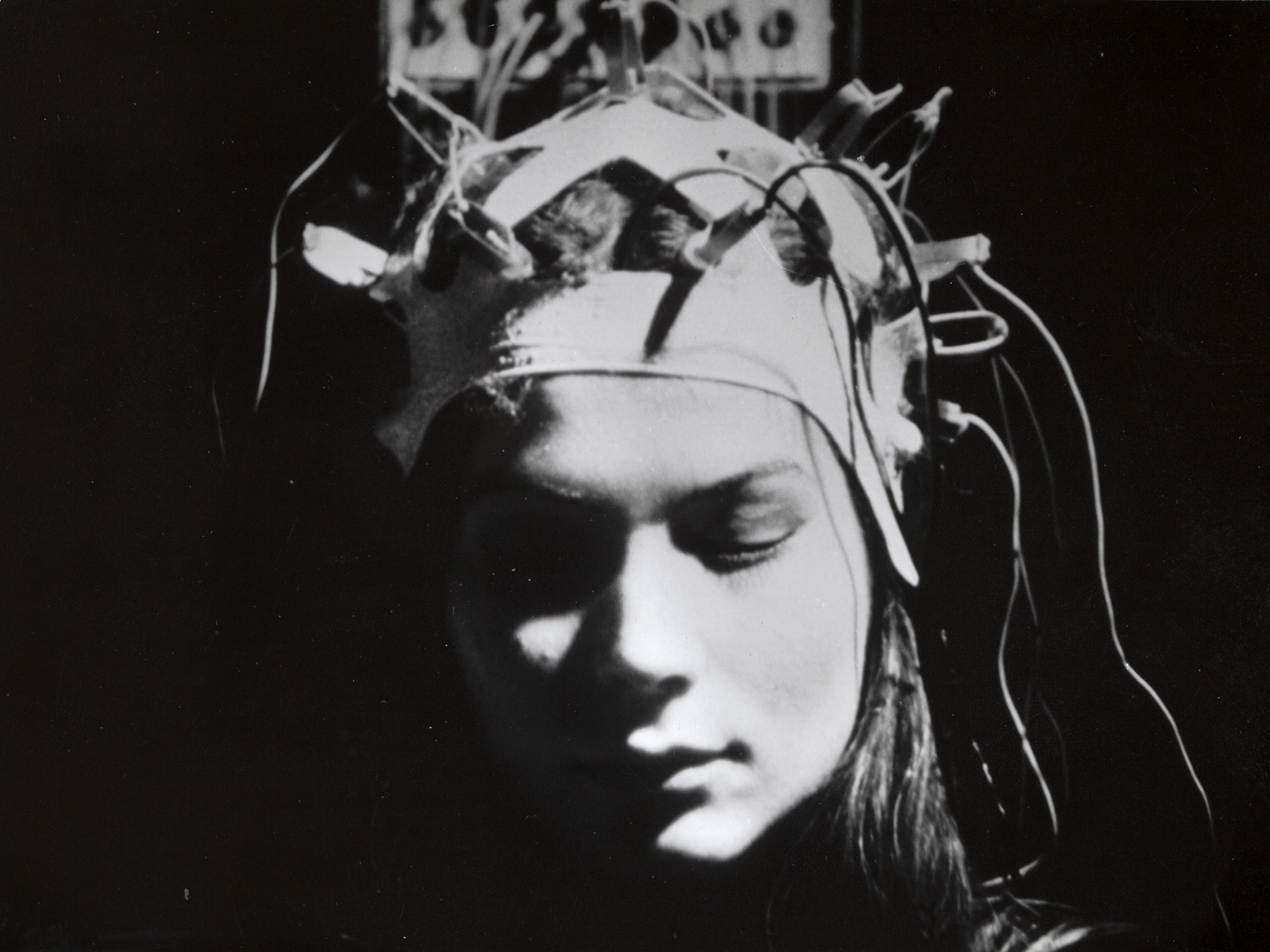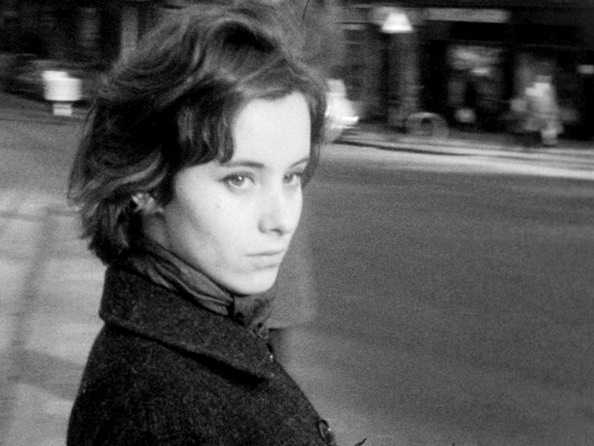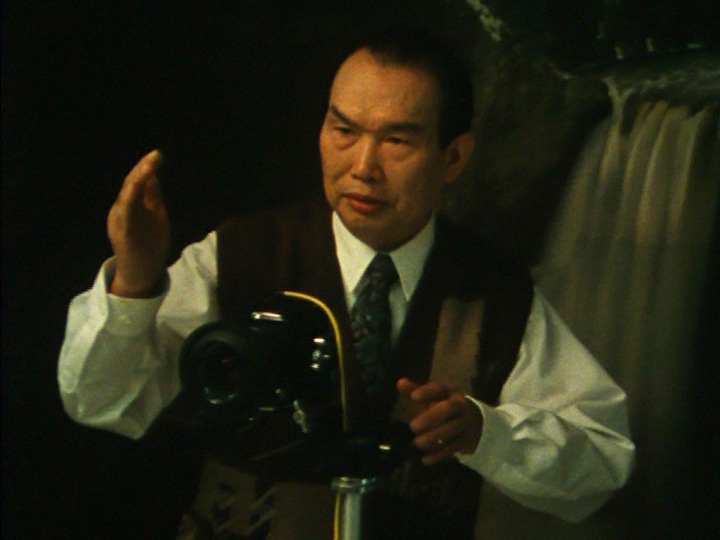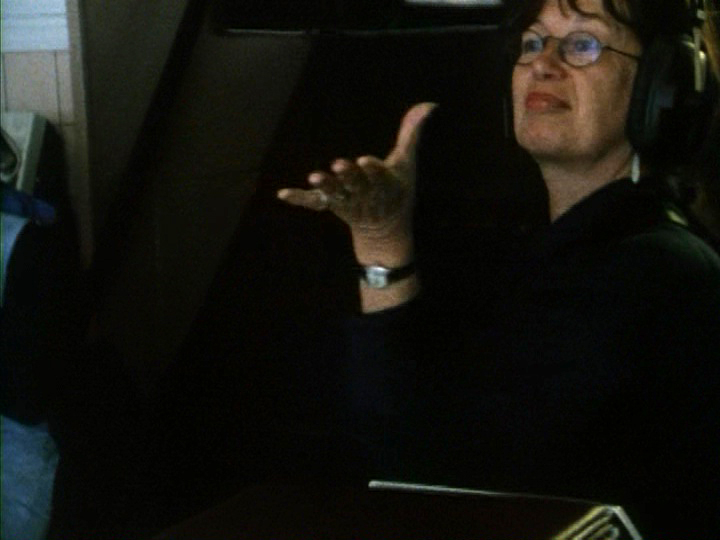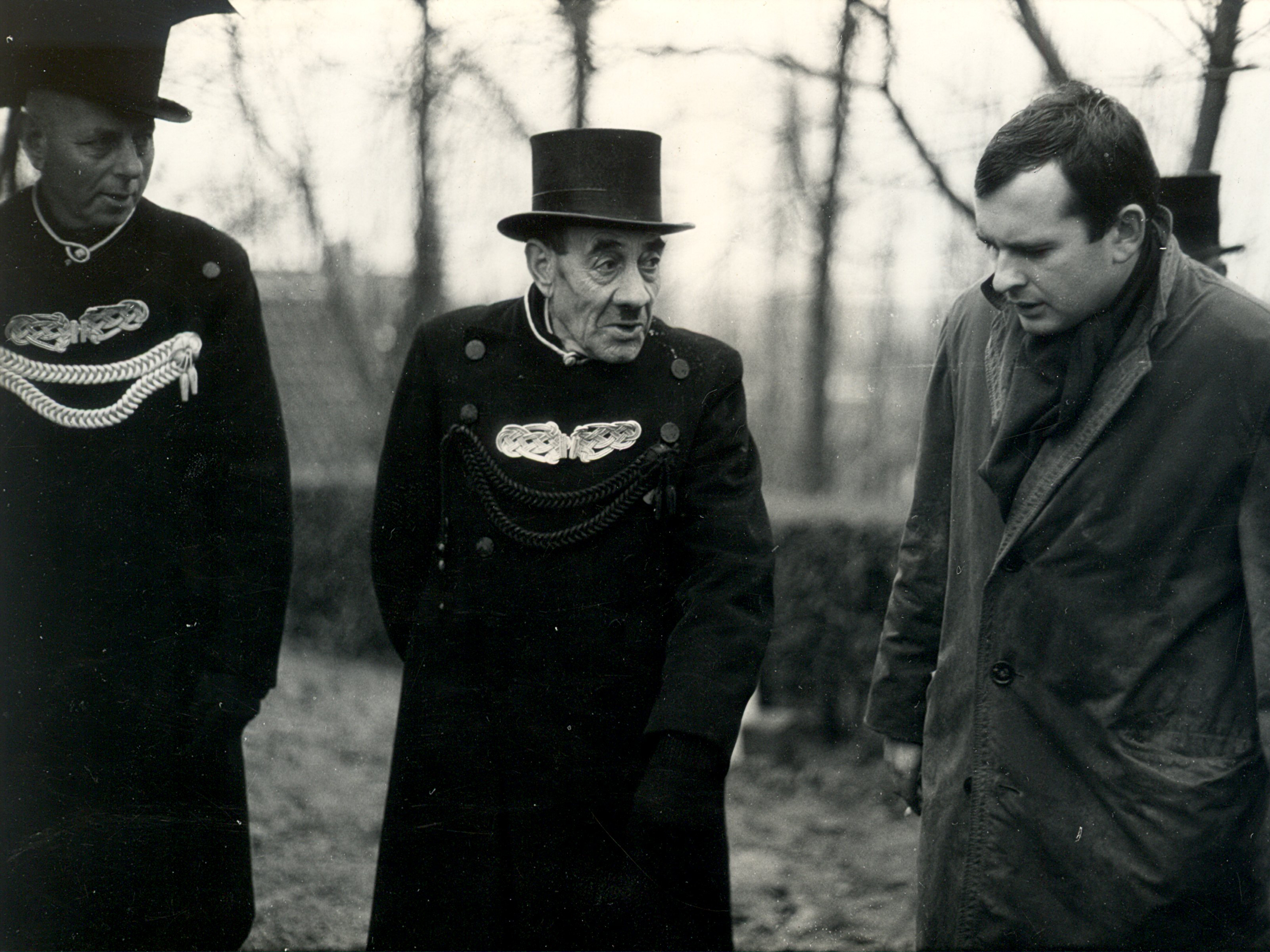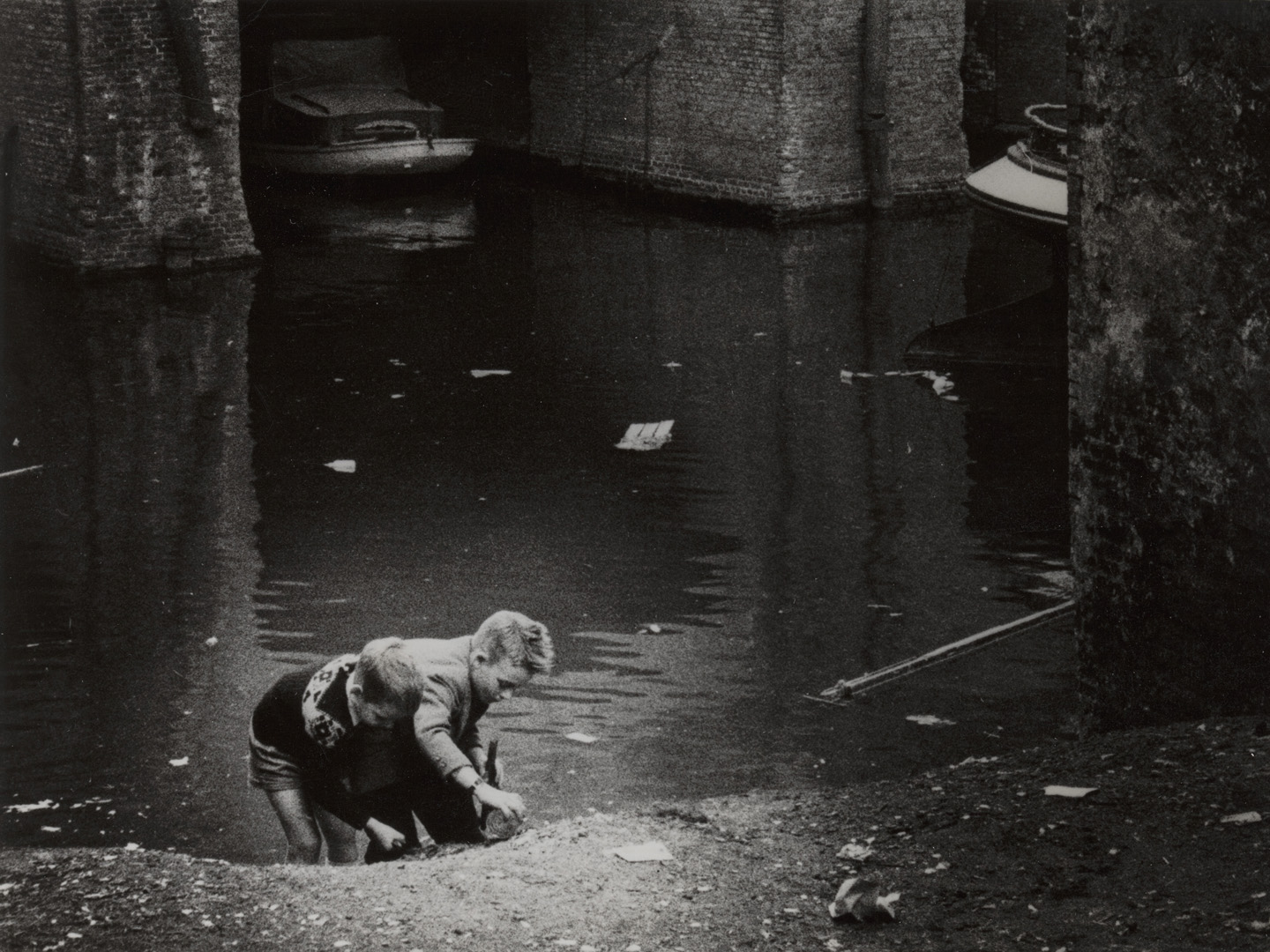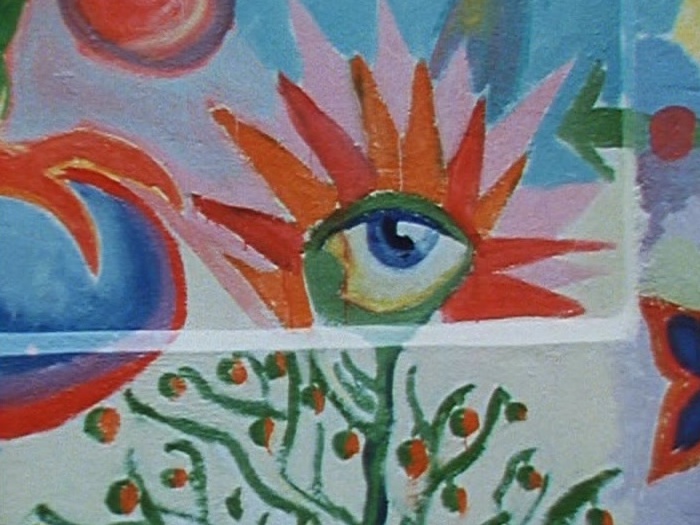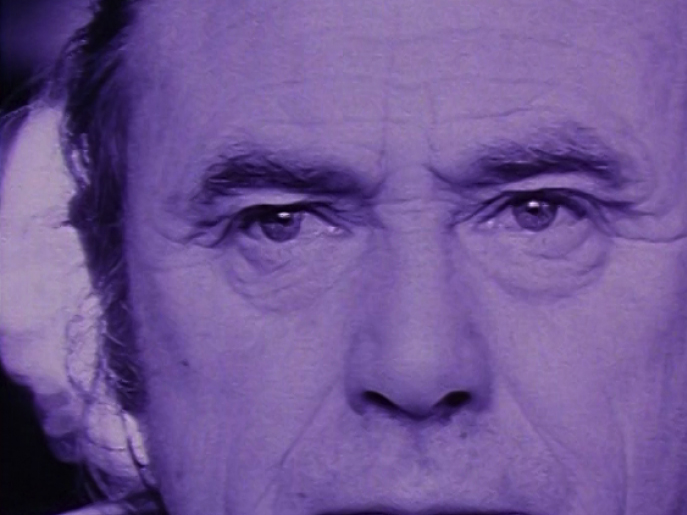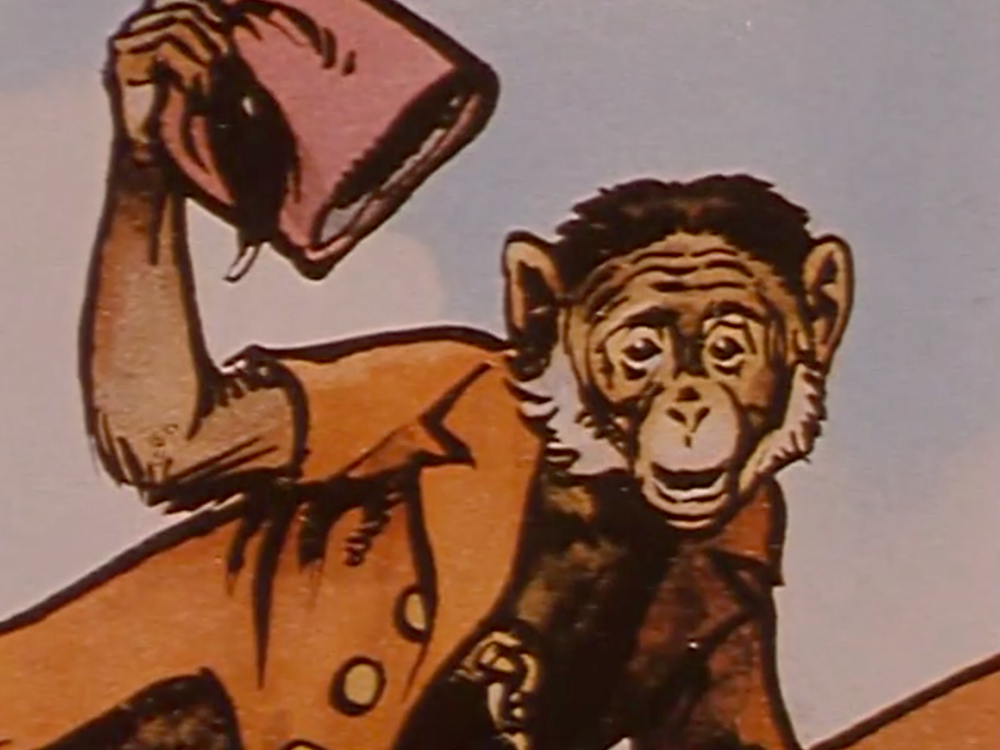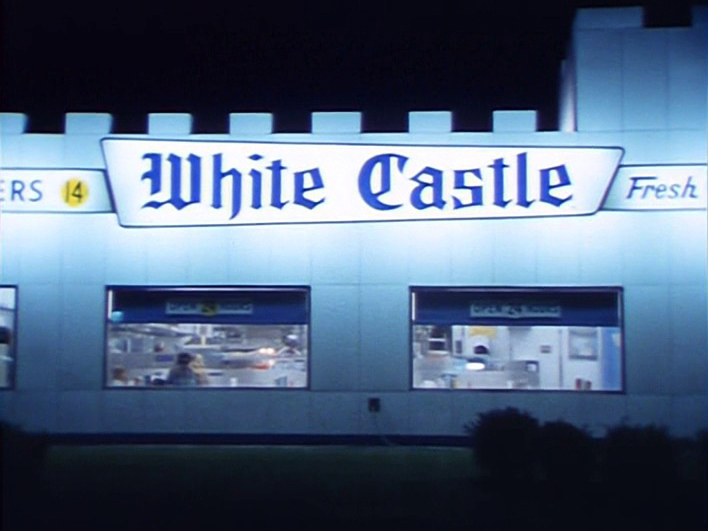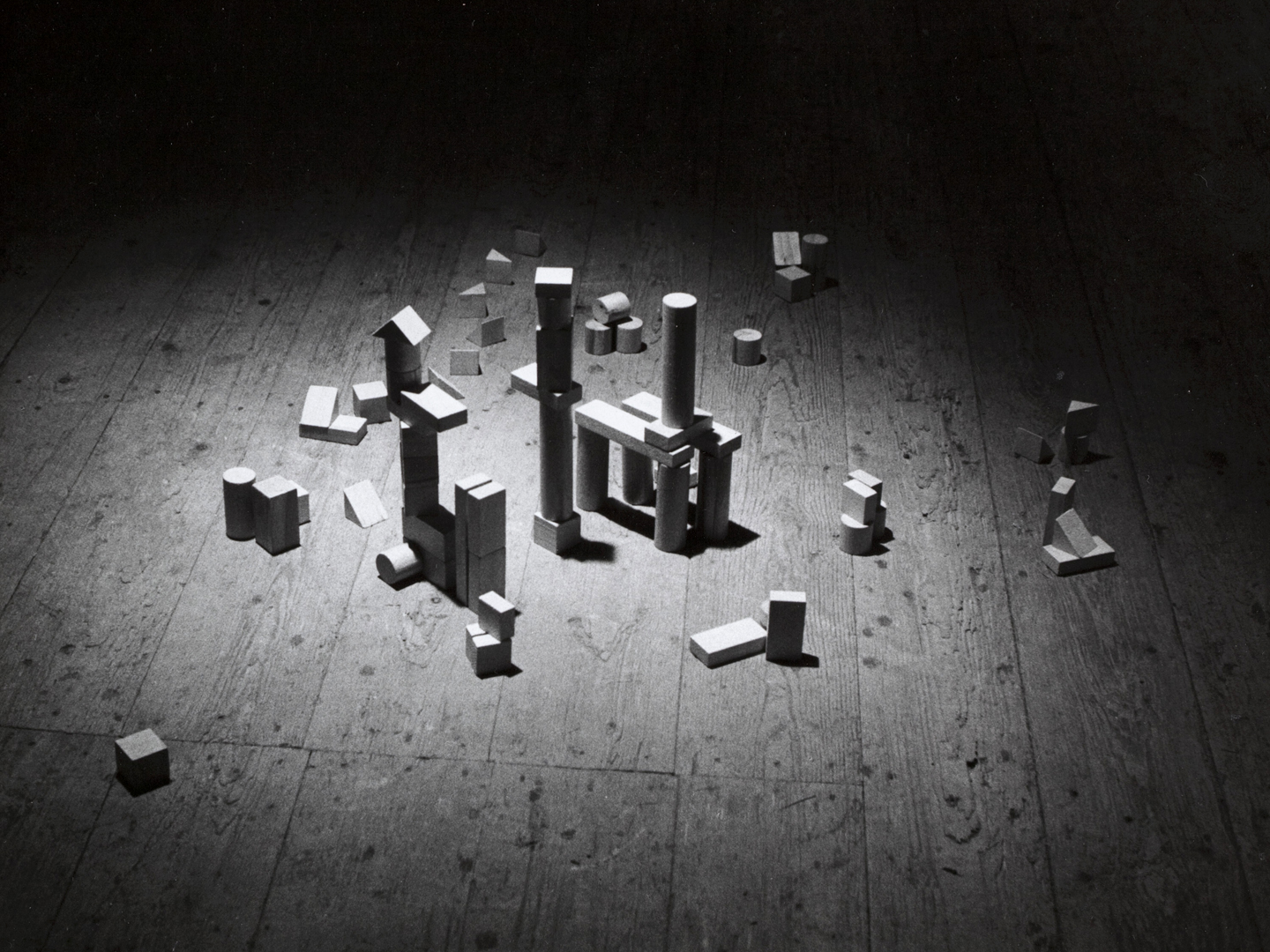Johan van der Keuken
Johan van der Keuken (1938–2001) was a Dutch filmmaker and photographer. He started out in photography in his teenage years, with his first photo books, Wij zijn 17 [We Are 17] and Achter glas [Behind Glass], appearing in the 1950s. His focus shifted to filmmaking in Paris, where he studied at the Institut des Hautes Études Cinématographiques (IDHEC) from 1956 to 1958. In a career that spanned 42 years, van der Keuken made 55 films, born from a unique and influential vision of filmmaking. He viewed the camera as an integral part of himself, rejecting the notion that filmmakers are detached from the world they depict. The filmmaker stands radically in the world, looking through their lens, framing reality. This approach underpinned his work, as he and his wife, Nosh van der Lely, who handled audio equipment, explored the world together. His collagist editing strategy, which he described as cubist, aimed to present multiple perspectives. Van der Keuken was also a gifted writer about cinema, an activity through which he sought to shape and delineate his practice. His notable films include Herman Slobbe | Blind kind 2 (1966), Vakantie van de filmer [The Filmmaker’s Holiday] (1974), the North-South trilogy, Het oog boven de put [The Eye Above the Well] (1988), and his acclaimed Amsterdam Global Village (1996). Van der Keuken’s oeuvre earned him accolades such as the Dutch Culture Award in 1988 and the Bert Haanstra Oeuvre Prize in 2000.




